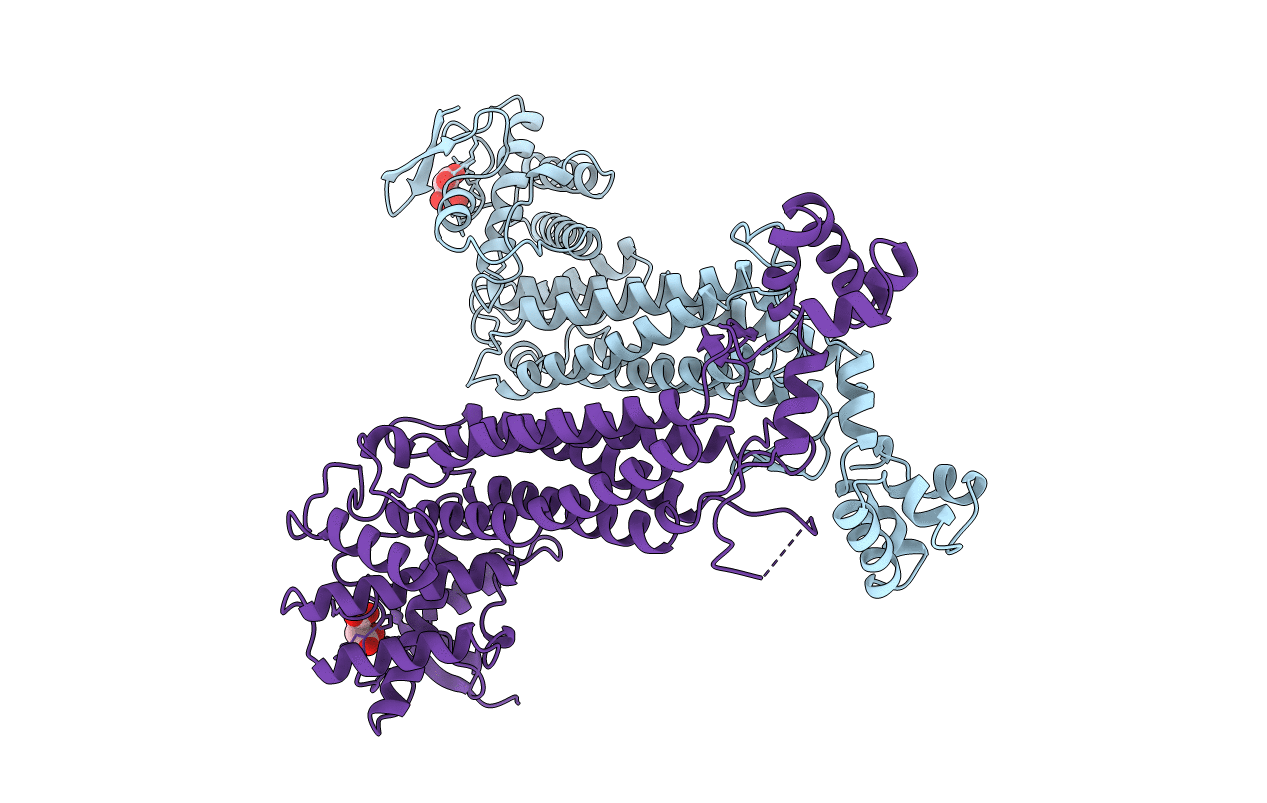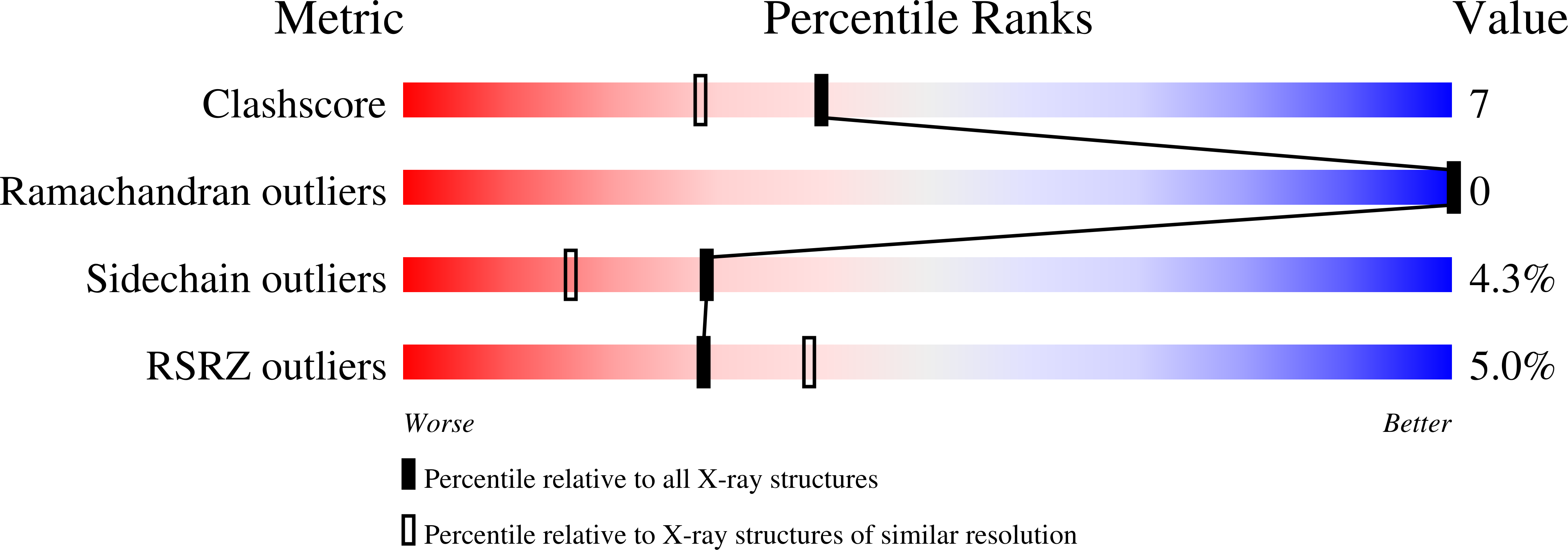
Deposition Date
1997-01-09
Release Date
1997-07-23
Last Version Date
2024-05-22
Entry Detail
PDB ID:
1FUR
Keywords:
Title:
FUMARASE MUTANT H188N WITH BOUND SUBSTRATE L-MALATE AT PUTATIVE ACTIVATOR SITE
Biological Source:
Source Organism:
Escherichia coli (Taxon ID: 562)
Host Organism:
Method Details:
Experimental Method:
Resolution:
1.95 Å
R-Value Free:
0.20
R-Value Work:
0.17
R-Value Observed:
0.17
Space Group:
C 2 2 21


